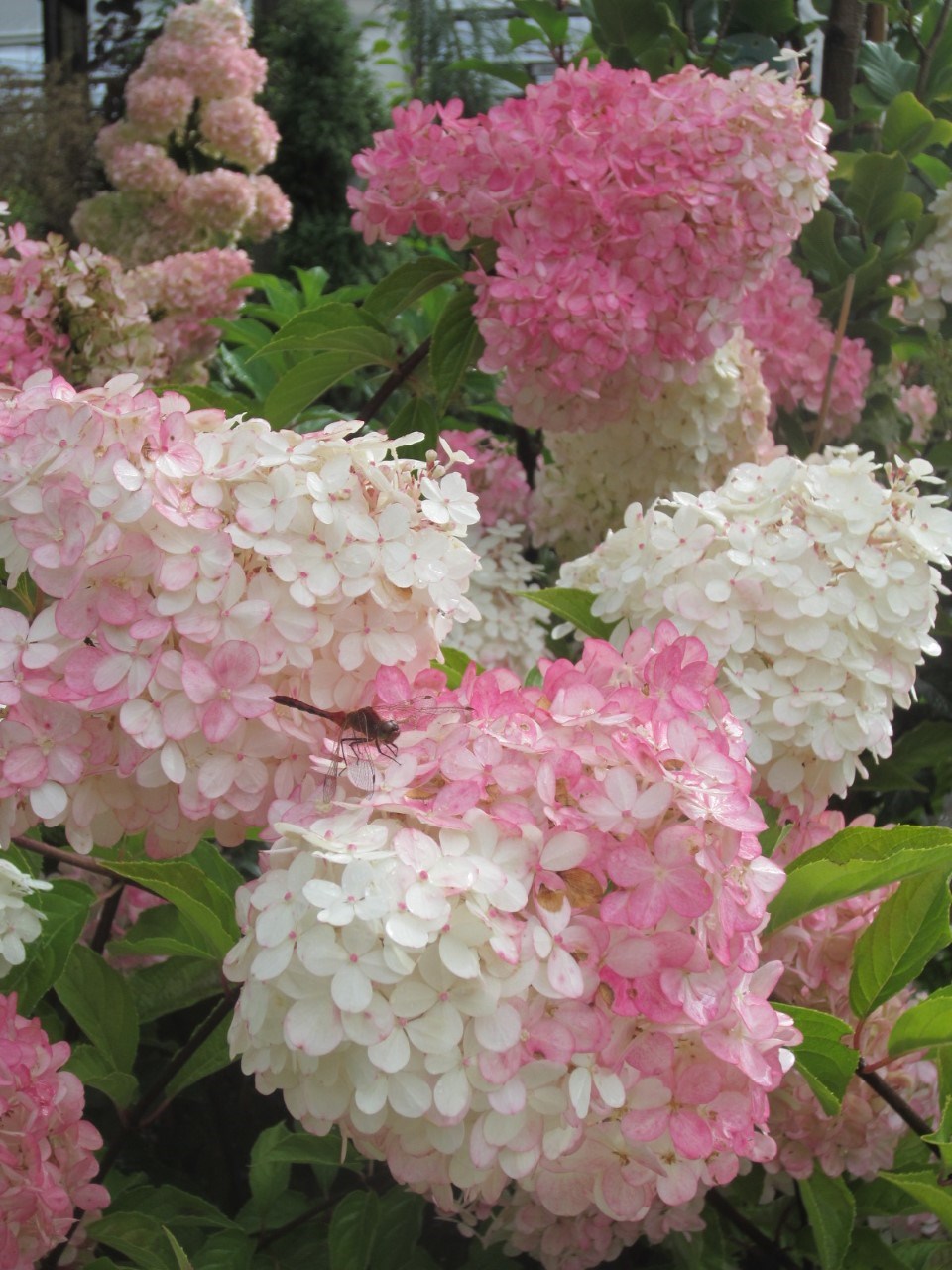The following column was submitted to the Tri-City News from Brian Minter — master gardener, best-selling author, Order of Canada recipient and co-owner of Minter Country Garden Store.
It’s high time for us, with pruning shears in hand, to be out cleaning up our trees and shrubs, but we also must be a little cautious with some plants to make sure we don’t prune off this year’s flowers and fruits.
Flowering shrubs that have grown too large too quickly should be pruned back to maintain their appearance and the integrity of the landscape.
However, if we prune some plants too vigorously now, we risk losing all the beautifully coloured blooms that we’ve been waiting to enjoy.
As a rule, I like to prune out the dead and diseased wood that is so easy to spot at this time of year, as well as those long, leggy branches that have simply stretched too far.
I always leave the main flowering branches until the flowers have finished blooming; only then I prune the entire plant back to a nicely formed, attractive plant.
Some of the flowering shrubs in this category are flowering quince (chaenomeles), Cornelian cherry (Cornus mas), forsythia, corylopsis, Kerria japonica, daphne, beauty bush (kolkwitzia), enkianthus, flowering currant (ribes), fothergilla, early-blooming spiraeas, lilacs and deciduous viburnums.
Flowering shrubs that bloom on new wood can be pruned back at this time of year and still provide a good display of colour.
When you prune these plants, try to prune back a lot of the old hard wood, leaving the supple new growth that will branch easily when pruned and will provide not only a more attractive plant but also good foliage from top to bottom.
Some of these flowering plants that can be pruned now and still give you a nice showing this year are buddleias, potentillas, shrub dogwoods, hardy rugosa roses, late-blooming spiraeas, weigelas and the late summer-blooming PeeGee hydrangeas. Make sure you don’t prune traditional floribunda and hybrid tea roses until after the last hard frost in March.
Mophead and lace cap hydrangeas need special attention because their buds are already formed for next season.
Some of these buds are on the tips of young branches, others are on the sides of older branches, and many are down low near the base of the stems.
With a little care, you can prune above the buds on the stems to even out the plant while still preserving the buds for a good showing this year.
Both Japanese and deciduous azaleas have all their buds formed and are ready to bloom, so leave any pruning until after all the flowers have finished, at which time they can both be pruned fairly hard to maintain a compact and attractive plant.
A few flowering shrubs bloom best on last year’s growth, so it’s important to keep enough old wood to make a great display next season. The beautiful Chinese witch hazels (hamamelis), which are making such a splendid display right now, are a good example of this type of plant.
One of my favourite winter bloomers, Viburnum ‘Pink Dawn’, is another good example of plants that bloom best on old wood.
Once you have done a little pruning and have come to know your flowering shrubs, it’s fun to both improve their shape and increase their flowering effect in your landscape.
Most of these shrubs can also be sprayed with organic lime sulphur and dormant oil to clean them up; however, with the expected cold spell, you probably should wait until the temperatures are above freezing.
Closer to the growing season, a good application of 10-14-21 fertilizer, or a similar formulation, will make a huge difference in their bud and flower quality.





